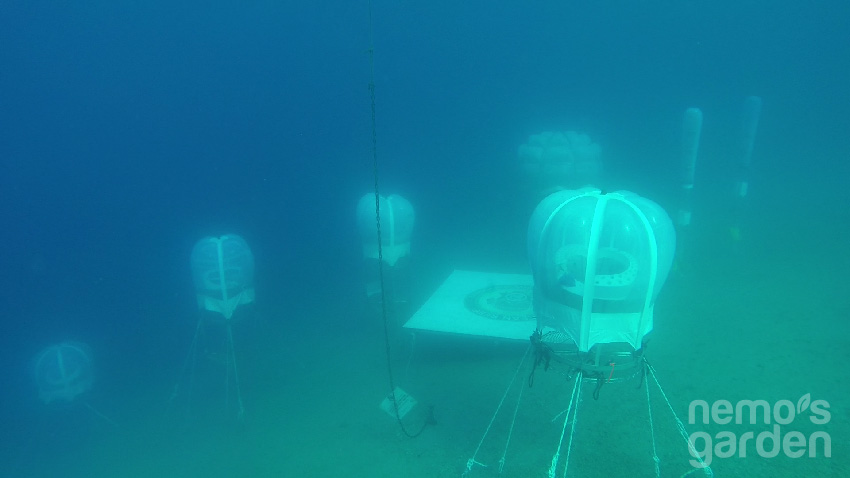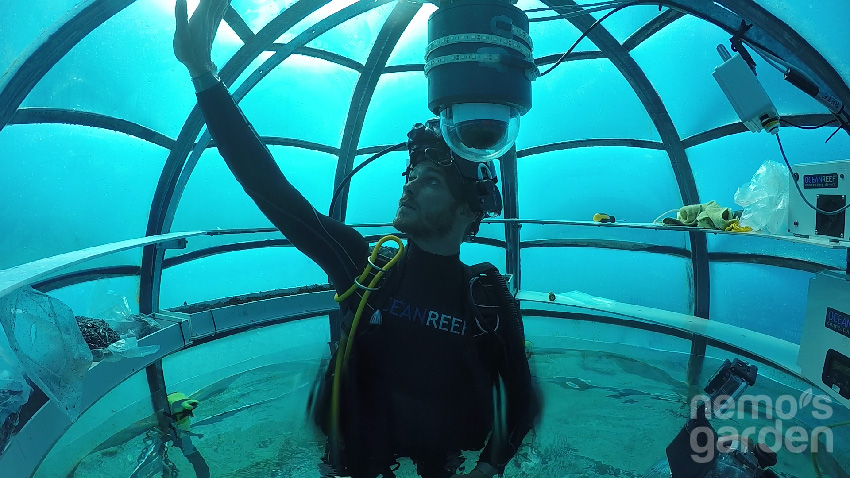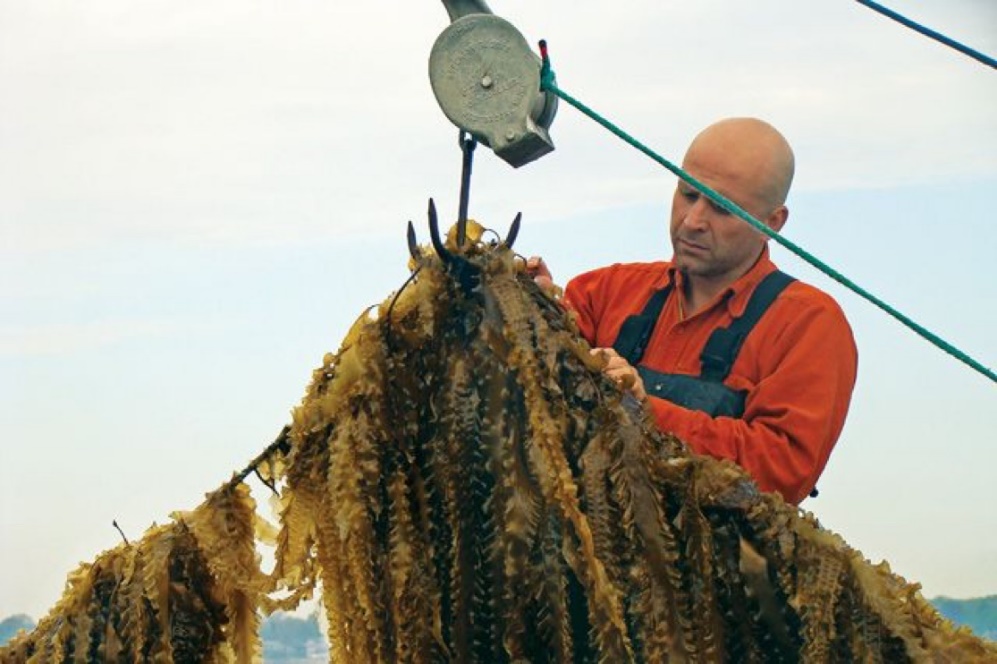Source: marketwatch.com
Published: January 6, 2017

Nemo’s Garden uses underwater biospheres to grow edible plants and is almost completely self-sustainable. NEMO’S GARDEN
Can we grow food beneath the waves in a safe, self-sustainable way?
By JURICA DUJMOVIC
The world’s population is constantly growing, and with it the demand for water, shelter, better quality of life — and, above all, food. We consume so much of it that all the farmland required to feed humanity would create an area almost the size of North America if put together.
Farming creates its own set of problems. As farms proliferate and expand, they push against ever-shrinking wildlife habitats. Since many new fields used to be dense forests, deforestation is a major concern because it tips the natural balance, resulting in landslides, extinction of animal species, animal attacks on humans, and more.
What if , instead of growing our food on the surface, we start utilizing the vast area below the waves? This is exactly what two very different projects are trying to do:
Nemo’s Garden

Nemo’s Garden
Nemo’s Garden is a project that uses underwater transparent bubbles (biospheres) that house edible plants. The idea is to expand agricultural efforts in areas where surface-farming would be difficult due to economical, geographical or natural factors.
The system is almost fully self-sustainable. No pests can wander in, nor can disease spores be brought in by the wind. Fresh water is available 24/7 through desalination. All biospheres have a dome-like structure where only the bottom part is immersed in seawater. This design ensures much-needed fresh water for the topmost area with plants: When salt water evaporates within the biosphere, it condenses on top of the dome, then trickles back down, salt-free, and nurtures the herbs and vegetables.
As for sunlight, domes are transparent, and the sun’s rays increase the internal temperature.

Nemo’s Garden
Before the project can reach commercial sustainability, more testing is needed to determine the optimal setup of depth, plant diversity, biosphere conditions and the possible use of algae as a fertilizer (instead of liquid fertilizer produced on the surface that is currently used). This would mean fewer maintenance trips by divers and would render the pods even easier to maintain and reap.
Ocean Reef Group, the company behind Nemo’s Garden, has seven pods of different sizes containing various types of plants, ranging from oak to turnip tops, that it has plopped in the Mediterranean off the coast of Noli, Italy.
3D ocean farming
Nemo’s Garden does seem awesome, but at its current state and capacity, it won’t solve the world’s food problems. Bren Smith, an American entrepreneur, has a different solution. He calls it “3D ocean farming.” A 3D ocean farm is basically a vertical underwater garden. Kelp and mussels grow on ropes floating above oyster and clam cages located at the bottom of the sea.

Greenwave.org
This simple setup is capable of truly impressive yields. By using the entire food column, the farm, located in the Long Island Sound, has the capacity to grow 20 tons of sea vegetables and 500,000 shellfish per acre every year.

thimbleislandoceanfarm.com
Going a step beyond Nemo’s Garden, 3D farming requires no pesticides, fertilizers (Nemo’s Garden still depends on fertilizers from surface) or fresh water, making it the most sustainable form of food production on planet. According to Bren, a “network of seaweed farms the size of Washington State could produce all of the dietary protein needs of the human population.”
But what would be on the menu? Kelp, for the most part. It protects oceans from turning more acidic; it also absorbs carbon, nitrogen and phosphorous from the water. This makes waters rich with kelp safe for shellfish and some other aquatic creatures, such as crabs and shrimp.
In an article published on Popular Science’s website, Bren admits it’s difficult to sell the idea of kelp as food, mainly because it’s not particularly tasty. He even went as far as hiring professional chefs, tasking them with creating kelp-based dishes.
Even if it may taste bad, kelp is chock full of nutrients. It contains more protein and iron than red meat, and more calcium than milk. But there’s one more thing kelp is good for: biofuel. Its sugars can be processed into fuel, and Bren’s website states that “according to the U.S. Department of Energy, a network of (3D ocean) farms totaling an area half the size of Maine could grow enough biofuel to replace all of the oil used in the U.S.”
Aside from growing food and supplying biofuel, 3D ocean farms are home to a wide variety of marine and bird species. Kelp soaks up more carbon than any land-based plant, while its nitrogen-absorbing properties provide safe harbor from algae blooms and resulting low-oxygen dead zones that form after their decomposition.
